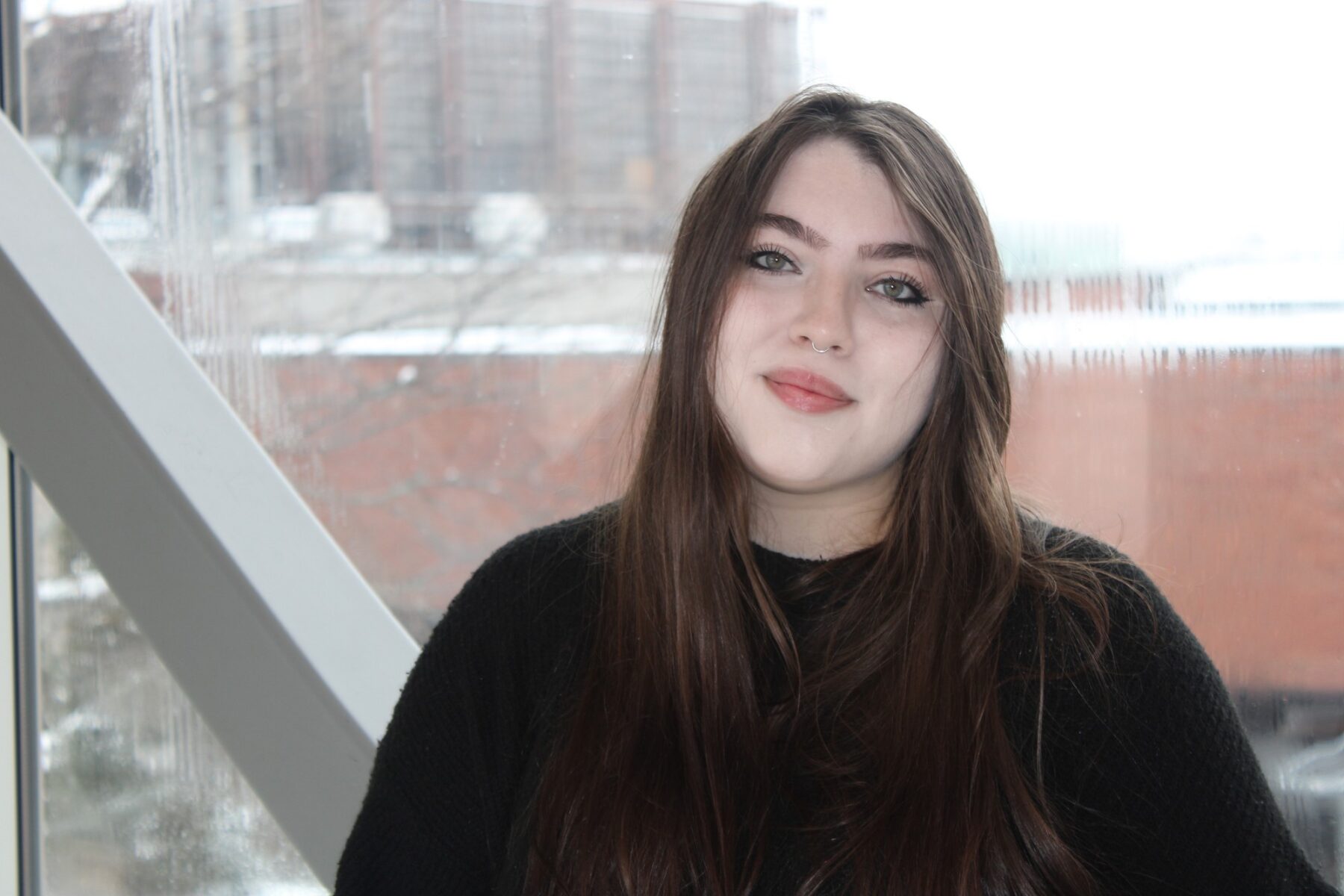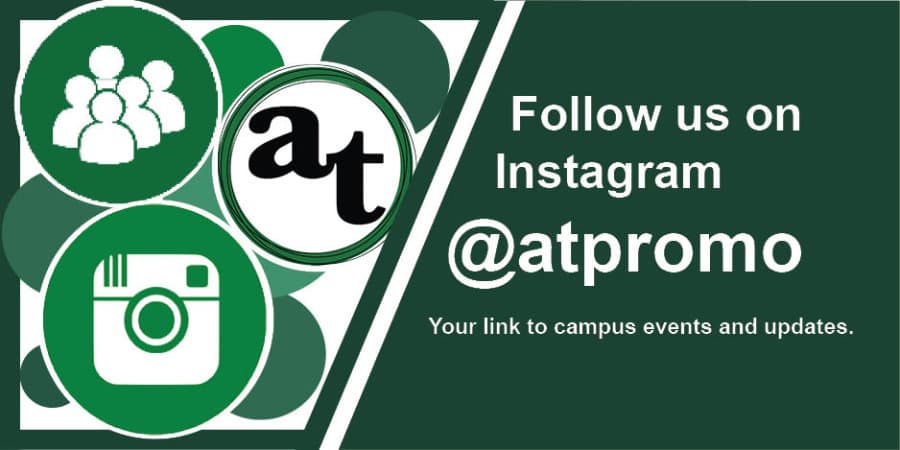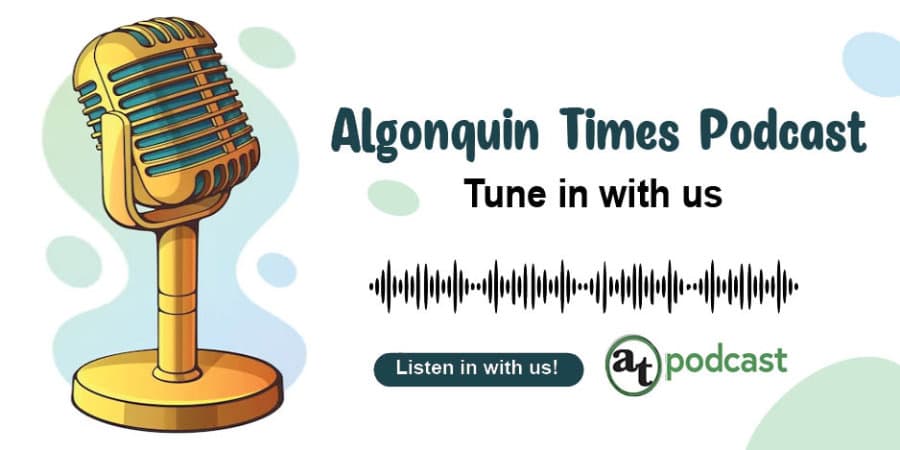First person: I changed career directions – and found a different side of myself

From the very first term writing for the Algonquin Times, I watched it happen: my ever-present need to excel academically began turning into a genuine passion for stories. Journalism had somehow captured my heart.
J-school moves a million miles a minute, and at first I resented it a little. Moving forward meant not looking back at what I used to love, or who I used to be. And it meant facing my fear of not knowing where I might end up.
Now, a journalism work placement is right around the corner, and I’ve realized that letting go of one dream has led me to unexpected places.
Just a few years ago, my life looked very different. I was on a beautiful courtyard at the University of Barcelona, hurriedly reading a book about Spanish art history in preparation for the test that would get me into the fine arts program. Everything in my pursuit of becoming a full-time artist had led to that moment.
But while studying art was an incredible, unforgettable experience, I had to confront the fact that something in me had changed. I still loved creating, but putting a price tag on something that I had built my life around made the experience dreadful. So, instead of plodding ahead with a career that no longer felt right, I decided to move to a new country on my own to rediscover what I wanted.
I grew up surrounded by remarkably stubborn, brilliant and creative people who never gave me any idea I couldn’t be whoever I wanted to be and do whatever I wanted to do. Like most people, I spent most of my life planning for someday, and until very recently I was certain I had it all mapped out.
I was aware of the ways my parents had given up parts of what they wanted for stability – my mother fell in love with painting a lifetime before I did, but by the time I was born, she was a judge. My dad is a scientist with an unmistakable talent for observation and research, but he also worked in law for as long as I remember.
The concept of a day job to allow for a hobby is one I was never sheltered from, and yet, my plans were far from pragmatic – I wanted to be an artist.
I had always been a very quiet, bookish kid, and I fell in love with this living, wordless language. With its rules and unruliness, with Rubens and Singer-Sargent. From the first time I got my hands in one of my grandfather’s many gouache paint cases, throughout courses taught by unbelievable professors and decades of learning from my own mistakes, that passion never wavered.
Over constant change, doubt, loss and learning, I understood deeply that art is not only a luxury, but sustenance. It serves as witness to our experiences, our lives in their individuality within the human experience. How many of us are only present now in a portrait or an inscription on the first page of a favourite book?
Creating stayed the same. It moved from journals and sketchbooks to bigger canvases and different mediums, but the feeling stayed. So I built my life around this old friend, under the light of a drawing desk. It wasn’t until I was nearly 23 years old that I revisited that plan. It happened when I was accepted to an amazing art program in the northwestern coast of Spain, and something that would’ve brought me nothing but joy, filled me with uncertainty.
I found myself thinking about a Sylvia Plath quote a lot: “I saw my life branching out before me like the green fig tree in the story. From the tip of every branch, like a fat purple fig, a wonderful future beckoned and winked,” she said.
It was the first time that my future felt completely foreign, the first time I really noticed parts of what I wanted had changed over the years, and furthermore, parts of me changed.
As much as I wanted that to still feel like art was the only path forward, it couldn’t be anymore. Somewhere along the road, I became someone who needed something else.
Rich Lauzon, the program coordinator of Algonquin College’s drawing foundations for animation and illustration program, has worked in the visual arts field since the 1990s but his original plan was different. He wanted to work with music. But he believes people’s interests make their way back into their lives, one way or another.
“You just don’t know how things are going to land, and things throughout your life get discarded and picked back up. And you can’t really see it in a five-year span, or even a 10-year span,” said Lauzon. “But over time, things resurface that you really like. It could be science, it could be reading, it could be writing, it doesn’t matter where it is, it finds a way back into your life.”
Marie Pier Caron, an alumna of the illustration program, said it’s been disappointing trying to fit into the art industry.
“Getting into the industry has been disappointing,” said Caron. “ We were warned about the challenges ahead, but the reality has been tougher than expected.”
When the opportunity of going into journalism appeared through a friend’s recommendation, it seemed entirely obvious. How could it have never occurred to me? Throughout my entire life I had journals, scribbled at the edge of book pages and went through books at a vicious rate. Words were another lifelong passion that refused to fade, but I was so focused on becoming an artist, I overlooked it.
I still love painting, keep art supplies at hand and create as often as possible. But working in journalism, even as a student reporter, has also been extremely fulfilling. Using my words to amplify someone’s voice and tell their story is an enormous privilege.








